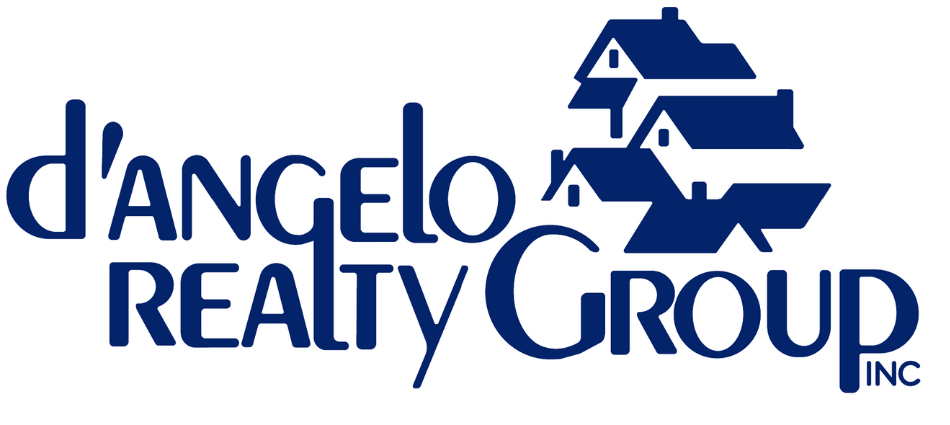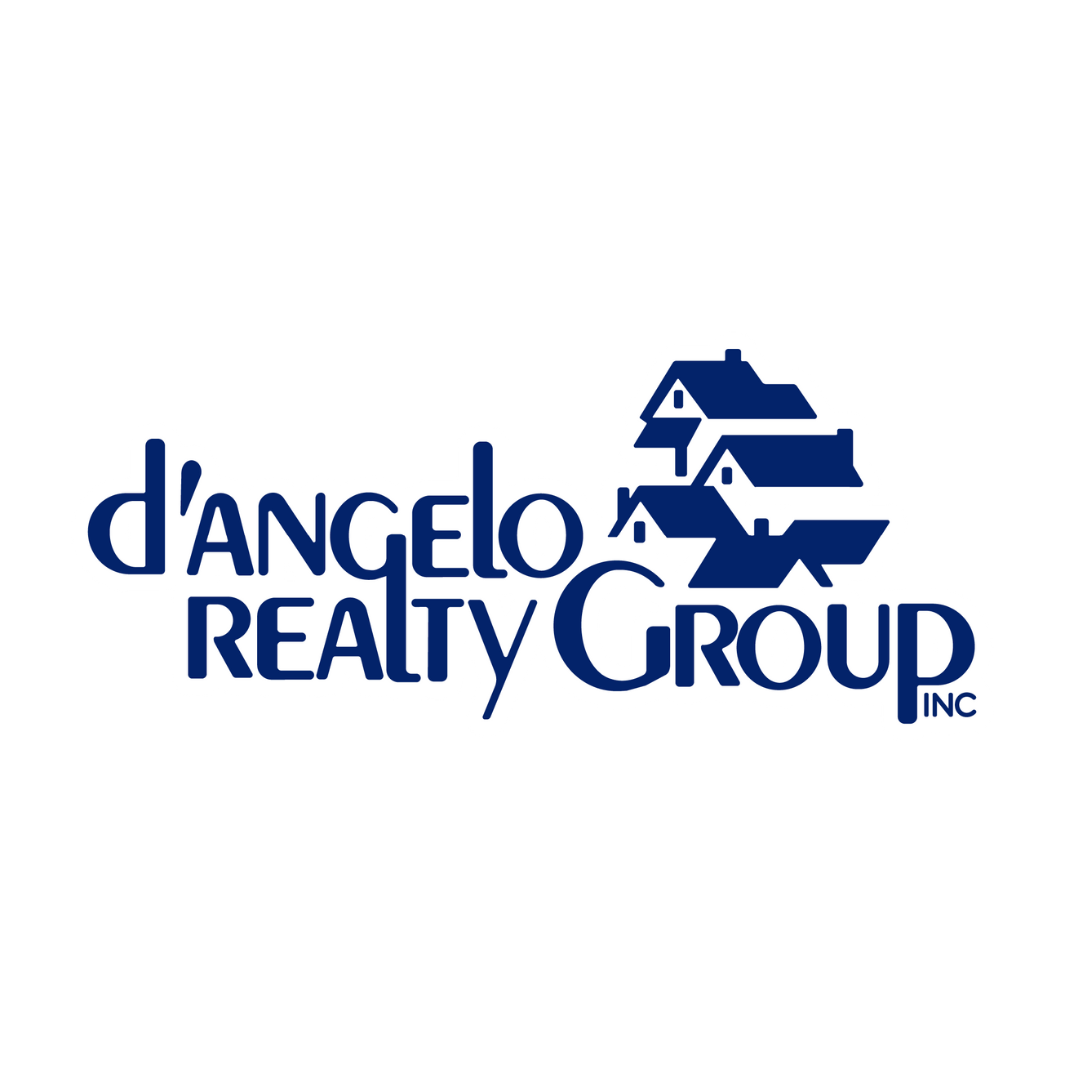The Future Eco-Friendly Homes:
Exploring eco-friendly construction and design practices shaping the future of sustainable real estate.
I have been interested in building energy efficient homes for far longer than I have actually been building homes. Maybe it was growing up in a stone farmhouse, that beside its historical charm, its monstrous consumption of fuel oil and wood was an annual budget stresser. Or, perhaps, my post-energy crisis upbringing, planted seeds of “use less and recycle” had reached maturity.
Either way, the chase to build homes that were cost similar to production level homes - was on!
My first endeavors focused largely on insulation and systems; solar, geothermal hvac and extra attic insulation. Easy stuff to bolt on, all of it had a predetermined cost premium and tax credit impact. The short version of that story is that it worked but the market didn’t respond. Consumers, no matter how much news there is out there, will predominantly choose the fancy countertops and tile work over long term energy saving. I learned that energy frugal homes appealed to a niche market.
All of my work wasn’t for not though. A few years into my building career, codes started to change and require more energy efficient practices. They started to require energy testing and rating. In response, I continued my dive into building science. This time I was more concerned about what I could do with standard or slightly modified products to get a better result. Do more with the same because the market as a whole still had not responded to costly energy upgrades.
I found some great resources. For example, PHRC at Penn State, “A Pretty Good House” written by Kolbert, Mottram, Maines & Briley and “The BS and Beer Show” found on YouTube. All of these resources talk about the right way to build and not in a “you have to follow this plan” type of way, but more about being intentional with making sure that you are building the right way with the materials we choose. This becomes a critical consideration as you start to make your homes more efficient, AKA more air tight. The sad reality is that old leaky energy monster homes were really good at breathing, drying themselves out and exchanging indoor contaminants with fresh outside air.
As we move into the future, it will be interesting to watch how builders and the market dance together to incorporate new necessities into the buildings they are creating. Things like mechanical ventilation, ductwork and mechanicals being located within the building envelope, rigid insulation on all exterior walls, better windows.
Not only will each of these items become or are code requirements, they all will add cost to each home in an environment where affordability is at an all time low. As each of these new codes are adopted, I wonder if we are really doing the right thing. The overall impact to energy consumption keeps going down to the point where we are chasing a few percentage points in efficiency gain over the changes of old where we were improving things by 30-50%. Additionally, while making things harder to financially attain, we are also making the buildings harder to build properly and even more complicated to live in. Homeowners have a hard time remembering to change their HVAC filter, let alone multiple filters and systems.

